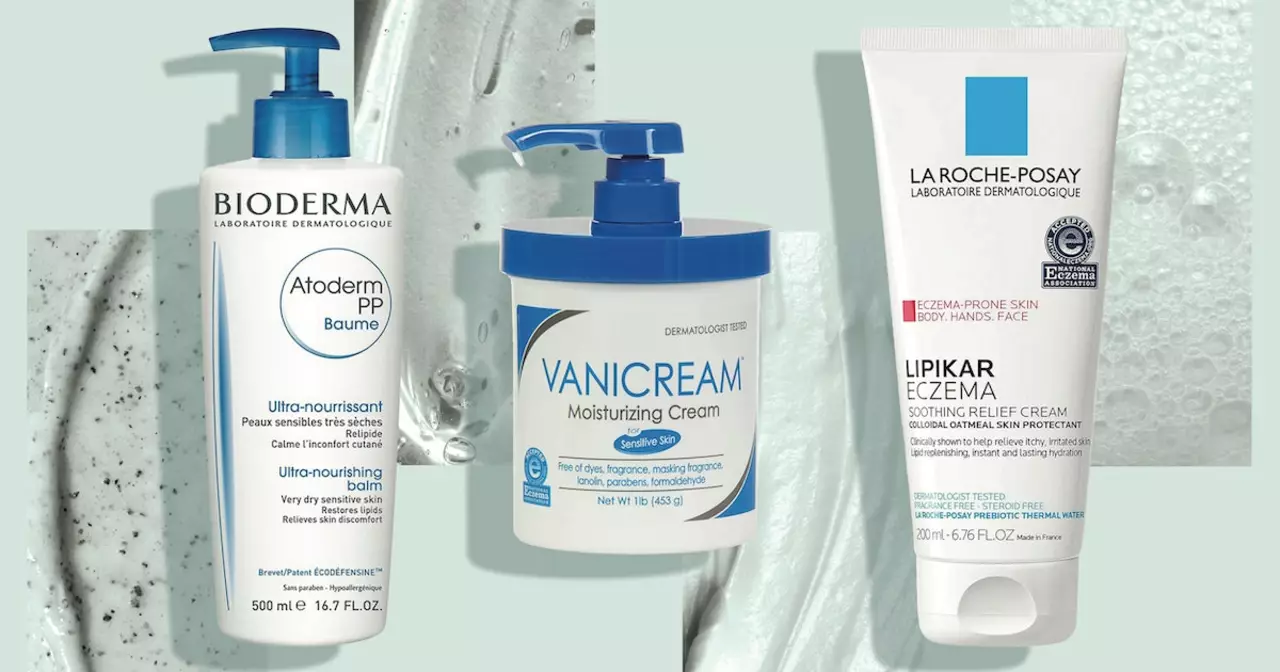Skin irritation: causes, fast fixes and how to stop it coming back
Got a red, itchy patch after trying a new soap or wearing a different fabric? That’s skin irritation — usually the skin’s quick way of telling you something didn’t agree with it. Most cases are mild and fixable at home if you act fast and use the right steps.
Common causes: contact with detergents, fragrances or metals (nickel), insect bites, harsh exfoliation, new skincare ingredients, heat and sweat, or a fungal infection like athlete’s foot. Sometimes a flare is from an allergic reaction called contact dermatitis; other times it’s simple irritation from friction or dryness.
Fast home fixes for skin irritation
Start with the basics: stop using whatever touched the area. Gently rinse the spot with cool water, pat dry, and avoid scrubbing. Use these practical steps next:
- Cool compress: a clean, cool wet cloth for 10–15 minutes eases burning and itch. - Moisturize: apply a fragrance-free emollient (cream or ointment) to seal moisture and protect the skin barrier. Look for products labeled "for sensitive skin." - Short-term steroid cream: hydrocortisone 1% (OTC) can cut inflammation for a few days—use sparingly and avoid sensitive areas like the face unless advised. - Calamine or anti-itch lotion: good for mild rashes and insect bites. - Oral antihistamine: if the itch keeps you up, a non-drowsy or mild sedating antihistamine at night can help—follow the label directions.
If the rash looks scaly, between toes, or has a distinct ring shape, consider an antifungal cream. For painful blisters or pus, avoid home remedies and see a clinician.
When to see a doctor & common medical treatments
See a doctor if the rash spreads quickly, is very painful, has blisters or pus, or if you develop a fever. Also get checked if your breathing tightens or your face swells—those are emergency signs of a serious allergic reaction.
Clinics often treat bad irritation with a prescription-strength topical steroid, a short course of oral steroids for widespread inflammation, or antibiotics if the skin is secondarily infected. For chronic problems (eczema or repeated contact dermatitis) a clinician can recommend a testing plan and targeted treatments to stop recurrences.
Prevention is straightforward: patch-test new products on a small area, choose fragrance-free cleansers, wear breathable fabrics, moisturize regularly, and protect your hands with gloves when using cleaning products. Small changes can stop most flare-ups before they start.
Got persistent irritation after trying household fixes? Book a check-up. A quick exam often points to a specific cause and a faster cure.

How to Choose the Right Clothing for Eczema-Prone Skin
May 4 2023 / Health and WellnessAs someone with eczema-prone skin, I know how challenging it can be to find the right clothing that doesn't irritate my skin. The key is to opt for soft, breathable fabrics like cotton, bamboo, or Tencel, which help in reducing friction and overheating. It's also essential to avoid synthetic materials, like polyester and nylon, as they can cause irritation and worsen eczema symptoms. Additionally, choosing loose-fitting clothes over tight ones allows for better airflow and less irritation. Lastly, always check for seams and tags that could potentially irritate your skin, and opt for seamless clothing or remove any scratchy tags.
VIEW MORE